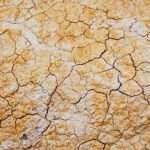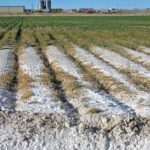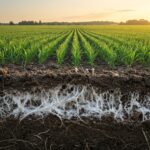The foundation of all thriving agriculture lies in a fundamental element, often taken for granted: soil. Understanding the different types of soils and their unique characteristics is crucial for making informed decisions about what to grow, how to manage the land, and ultimately, maximizing your crop yields.

In this comprehensive article, we will explore in detail the various types of soils, from those defined by their chemical composition to those distinguished by their texture and origin. Get ready to delve into the fascinating world of soil science and take your agricultural knowledge to the next level!
The Importance of Knowing Soil Types in Agriculture
Before we dive into the classification, it’s vital to understand why, as a farmer, you should care about the type of soil you have. Soil properties directly influence:
- Water retention: Some soils retain moisture longer than others, affecting the frequency of irrigation needed.
- Drainage: Good drainage is essential to prevent root asphyxiation.
- Nutrient availability: Different soils have varying capacities to retain and release essential nutrients for plant growth.
- Aeration: Roots need oxygen to breathe. Soil structure affects air circulation.
- Ease of tillage: Some soils are easier to work than others, impacting the time and resources needed for land preparation.
Knowing your soil type allows you to adapt your farming practices, from crop selection to fertilization and irrigation techniques, thus optimizing your results.
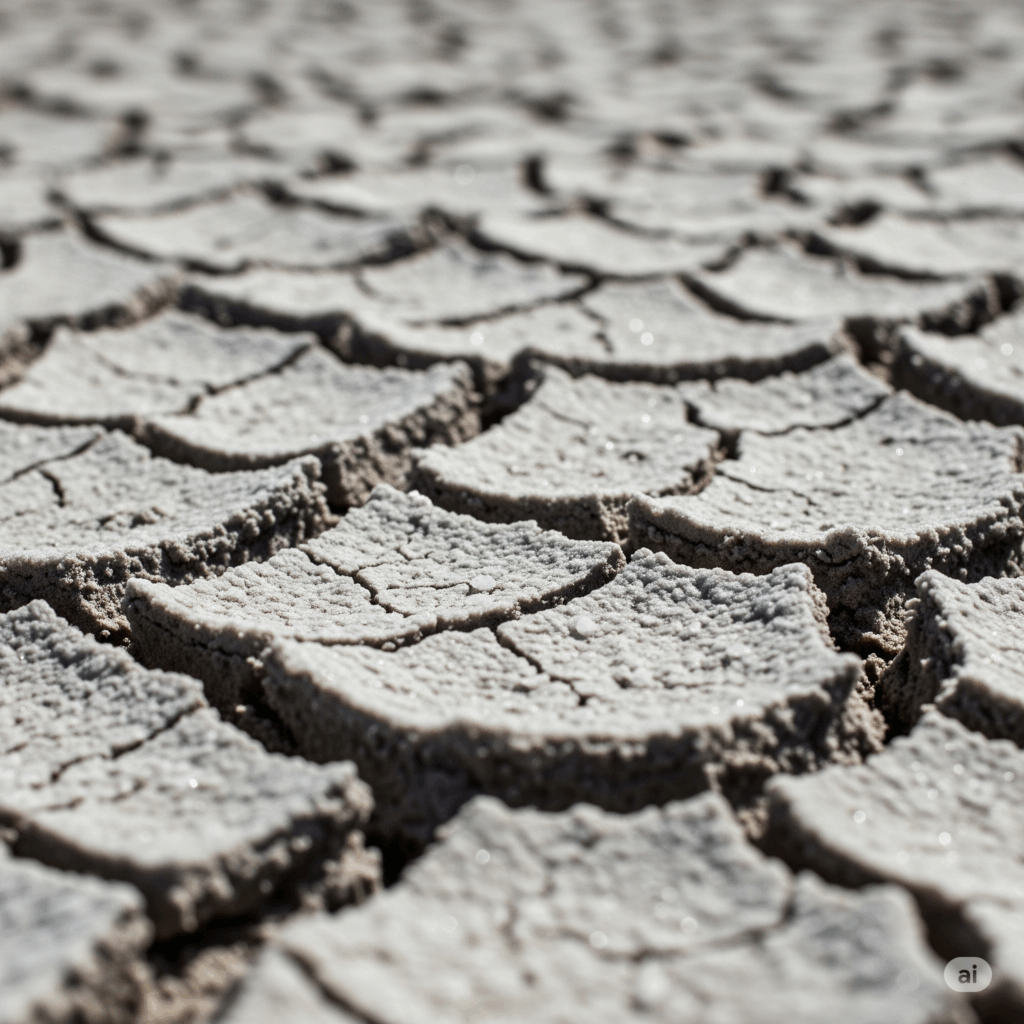
Classification of Soil Types: An Overview
There are several ways to classify soils. For ease of understanding, we will focus on two main classifications: according to their chemical properties and according to their texture.
Types of Soils Based on Chemical Properties
This classification focuses on the chemical composition of the soil and how it affects its fertility and nutrient availability.
Saline Soils: When Salinity Makes the Difference
Saline soils are characterized by a high concentration of soluble salts, such as sodium chloride, sodium sulfate, and sodium carbonate. This accumulation of salts can hinder water absorption by plant roots, leading to water stress even when there is sufficient moisture in the soil.
- Characteristics:
- High electrical conductivity ($> 4 dS/m$).
- pH generally less than 8.5.
- Soil particles tend to remain flocculated.
- Implications for agriculture: Many crops are sensitive to salinity. Specific management practices are required, such as soil leaching with good quality water and the selection of salt-tolerant crops.
Sodic Soils: The Challenge of Exchangeable Sodium
Sodic soils have a high percentage of exchangeable sodium (ESP > 15%). Excess sodium causes the dispersion of clay particles, which deteriorates soil structure, reduces permeability to water and air, and hinders root growth.
- Characteristics:
- High percentage of exchangeable sodium (ESP > 15%).
- pH generally greater than 8.5.
- Poor soil structure, with a tendency to disperse.
- Low permeability to water.
- Implications for agriculture: These soils are difficult to manage. Amendments such as gypsum (calcium sulfate) are often required to replace sodium and improve soil structure.
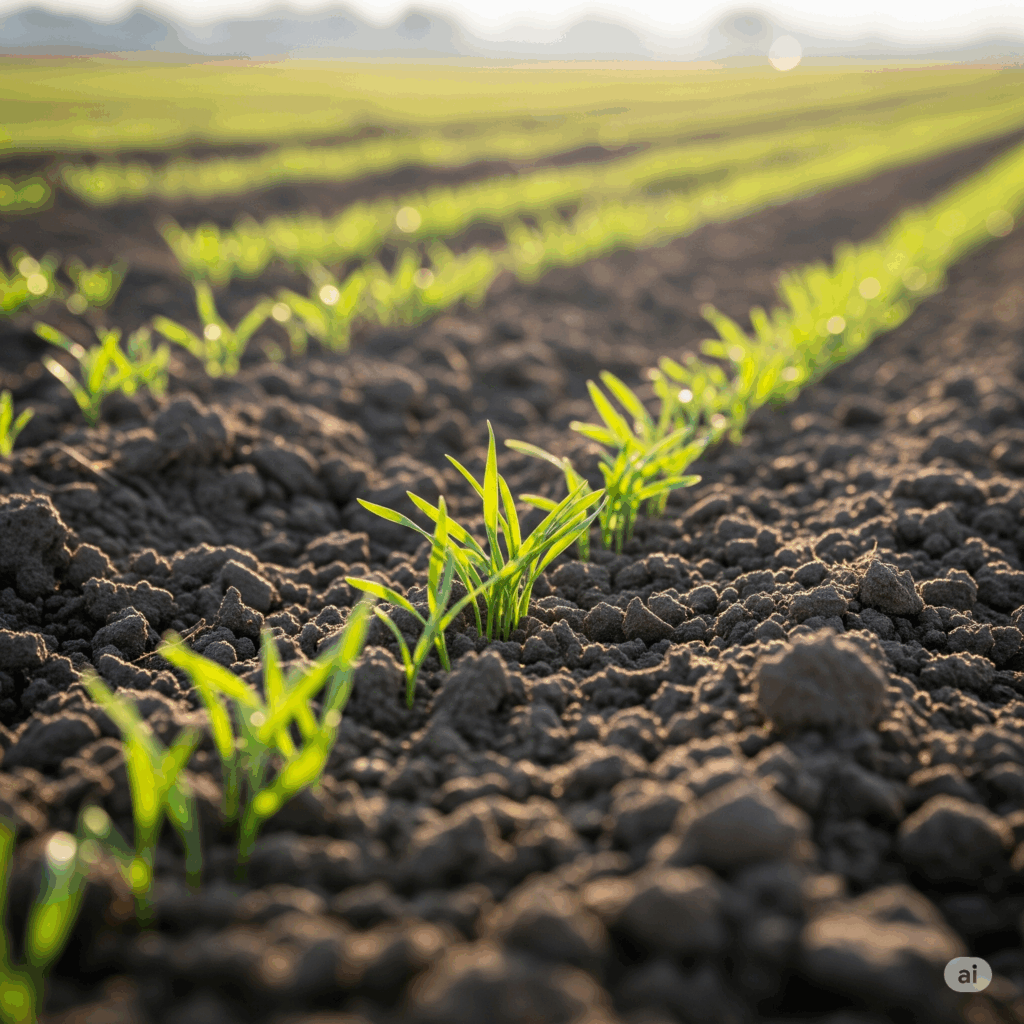
Saline-Sodic Soils: The Double Threat
Saline-sodic soils combine the characteristics of saline and sodic soils. They have a high concentration of soluble salts and a high percentage of exchangeable sodium, although their pH is usually less than 8.5.
- Characteristics:
- High electrical conductivity ($> 4 dS/m$).
- High percentage of exchangeable sodium (ESP > 15%).
- pH generally less than 8.5.
- Implications for agriculture: Managing these soils is complex and requires integrated strategies to reduce both salinity and sodium content.
Calcareous Soils: The Influence of Calcium Carbonate
Calcareous soils are distinguished by their high content of calcium carbonate ($CaCO_3$). This gives them a whitish color and often a coarse texture. They are usually alkaline and may exhibit deficiencies of some micronutrients such as iron, zinc, and manganese due to the high presence of calcium.
- Characteristics:
- High calcium carbonate content.
- Alkaline pH (generally > 7.5).
- Whitish color.
- Implications for agriculture: Crops adapted to alkaline conditions should be selected, and in some cases, amendments may be needed to improve micronutrient availability.
Acidic Soils: When pH Limits Growth
Acidic soils have a pH below 5.5. This acidity can increase the solubility of toxic elements such as aluminum and manganese, and decrease the availability of essential nutrients such as phosphorus and molybdenum.
- Characteristics:
- pH below 5.5.
- May exhibit aluminum and manganese toxicity.
- Low availability of some nutrients.
- Implications for agriculture: The most common amendment to correct soil acidity is the application of agricultural lime. It is also important to select crops tolerant to acidic conditions.
Types of Soils Based on Texture: Particle Size Matters
Soil texture refers to the relative proportion of mineral particles of different sizes: sand, silt, and clay. This property significantly influences water retention, drainage, and ease of tillage.
Sandy Soils: Light and Well-Drained
Sandy soils are composed mainly of sand particles (0.05 – 2 mm). They are loose, have excellent aeration and good drainage, but their capacity to retain water and nutrients is low.
- Characteristics:
- Predominance of sand particles.
- Coarse texture.
- Good drainage.
- Low water and nutrient retention.
- Implications for agriculture: They require more frequent irrigation and may need additions of organic matter to improve nutrient retention. They are ideal for crops that do not tolerate waterlogging.
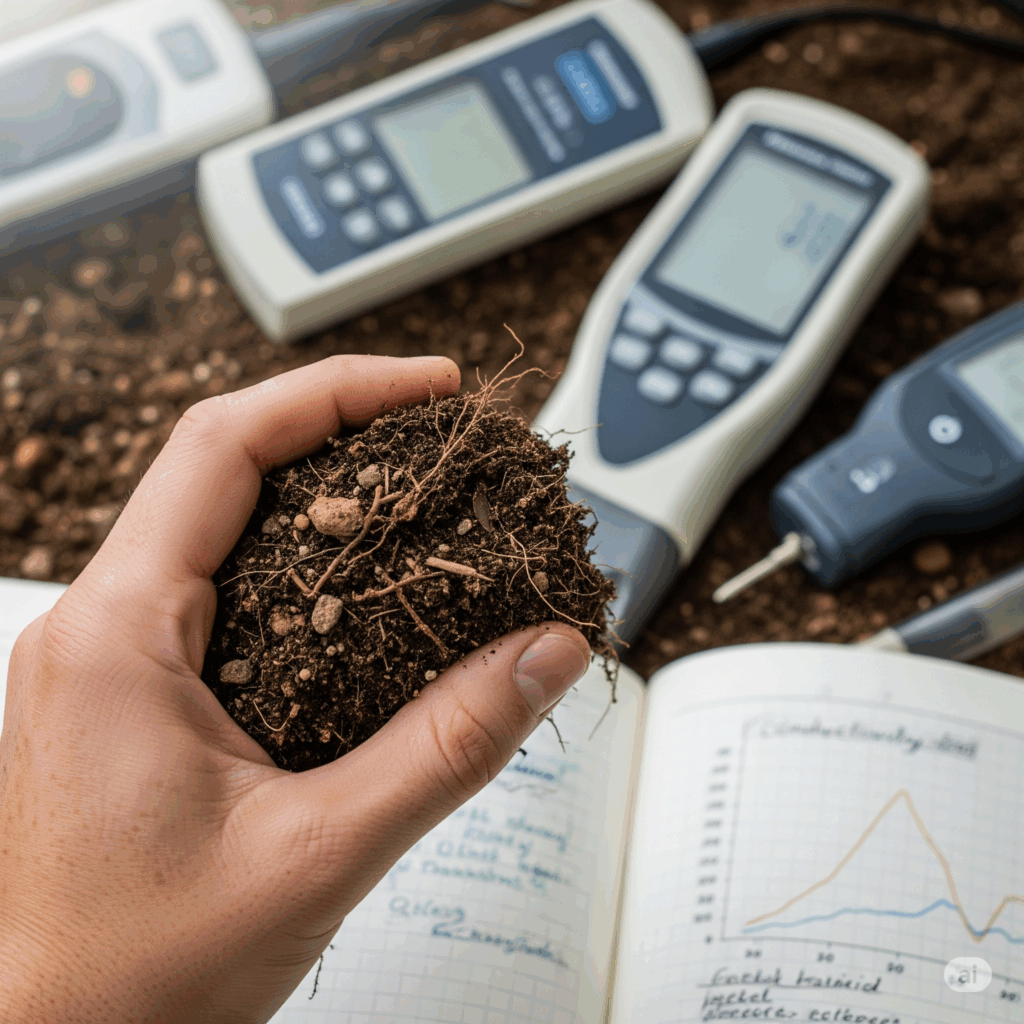
Silty Soils: Fertile and Smooth
Silty soils contain a higher proportion of silt particles (0.002 – 0.05 mm), which are finer than sand but coarser than clay. They are smooth to the touch, generally fertile, and have good water retention capacity, although they can be prone to compaction.
- Characteristics:
- Predominance of silt particles.
- Smooth and silky texture.
- Good water and nutrient retention.
- Susceptibility to compaction.
- Implications for agriculture: They are generally good soils for agriculture, although practices to avoid compaction may be needed.
Clayey Soils: Retainers of Moisture and Nutrients
Clayey soils are dominated by clay particles (< 0.002 mm), the finest of all. They have a high capacity for water and nutrient retention, but their drainage is usually poor, and they can be heavy and difficult to work, especially when wet.
- Characteristics:
- Predominance of clay particles.
- Sticky when wet and hard when dry.
- High water and nutrient retention.
- Poor drainage.
- Implications for agriculture: They can be very fertile but require careful management to improve drainage and aeration.
Loamy or Mixed Soils: The Ideal Balance
Loamy or mixed soils are balanced combinations of sand, silt, and clay. These soils are often considered ideal for agriculture as they combine the advantages of the different particle types, offering a good balance between water retention, drainage, and fertility.
- Characteristics:
- Balanced mixture of sand, silt, and clay.
- Intermediate texture.
- Good water retention and drainage.
- Generally fertile.
- Implications for agriculture: They are versatile and suitable for a wide range of crops.
Beyond Chemistry and Texture: Other Important Soil Types
While classifications by chemical properties and texture are fundamental, there are other types of soils defined by their origin and composition that are also relevant in agriculture.
Lithosols (Leptosols): Shallow Soils
Lithosols are very shallow soils found directly on bedrock. Their limited depth restricts root development, and their water and nutrient retention capacity is usually low.
Cambisols: Young Developing Soils
Cambisols are soils that show incipient development, with an altered B horizon but without significant accumulation of clay, organic matter, or salts.
Luvisols: Clay Accumulation at Depth
Luvisols are characterized by the accumulation of clay in the subsoil (Bt horizon), which can affect water movement and root growth.
Vertisols: The Dynamics of Expansive Clay
Vertisols are clayey soils that expand when wet and contract when dry, forming characteristic cracks. This dynamic can make tillage difficult and damage roots.
Andosols: The Fertility of Volcanic Origin
Andosols are formed from volcanic ash and are usually very fertile, with good water and nutrient retention.
Histosols: The Richness of Organic Matter
Histosols are soils with a high content of organic matter (peat). They are common in humid areas and can be very fertile, although they often require special management for agriculture.
Conclusion: A World of Soils to Cultivate Success
Understanding the different types of soils is an essential skill for any farmer. Whether you are dealing with salinity, seeking to optimize water retention in sandy soil, or leveraging the fertility of loamy soil, knowledge of your land’s properties will allow you to make more informed decisions and grow more abundant harvests.
What type of soil do you have on your farm? How does it influence your agricultural practices? Share your experiences in the comments!
SEO Keywords: types of soils, soil classification, saline soils, sodic soils, calcareous soils, acidic soils, sandy soils, silty soils, clayey soils, loamy soils, agriculture, soil fertility.
 AgronoBlog – Agriculture Blog
AgronoBlog – Agriculture Blog 
